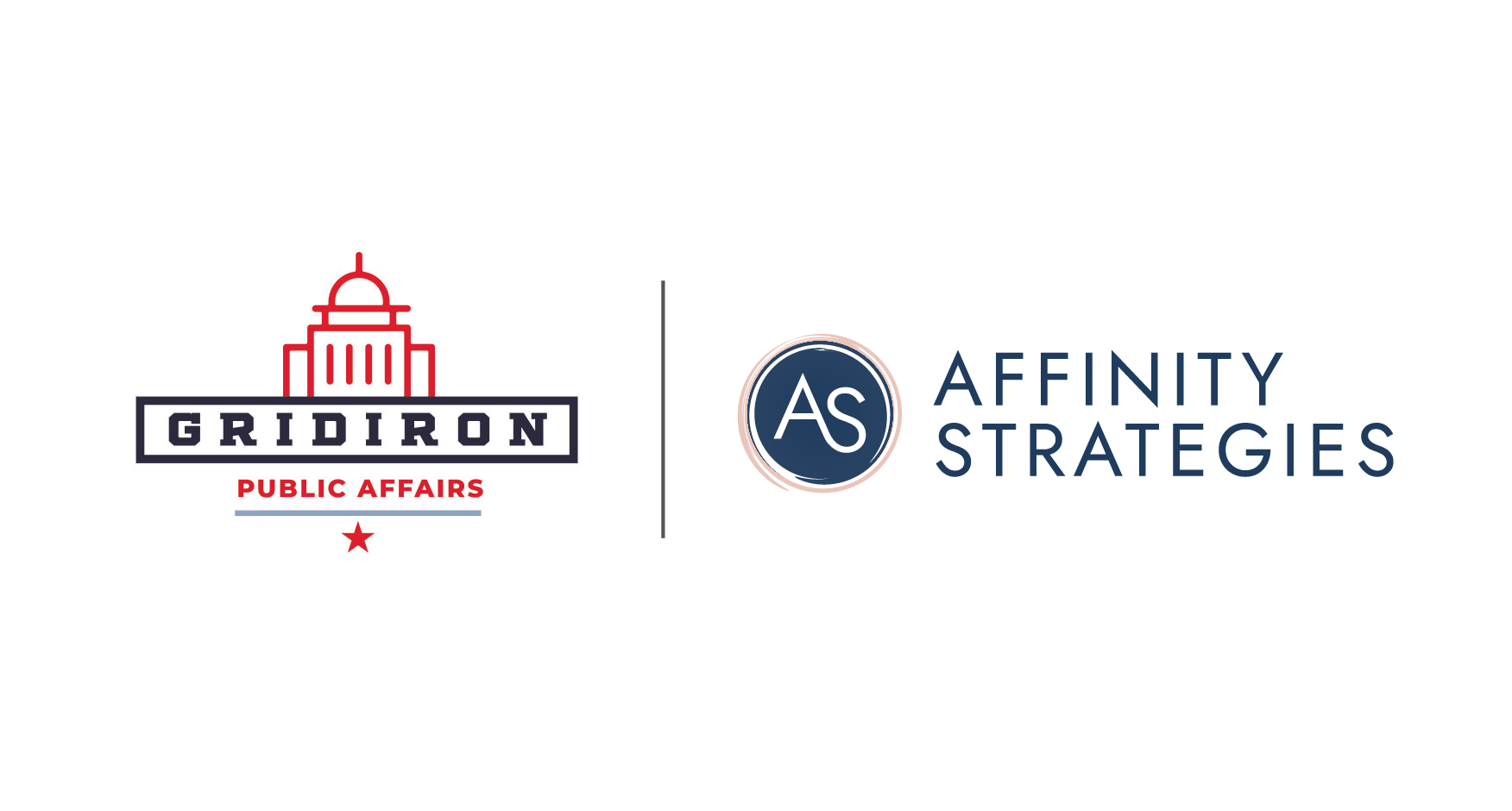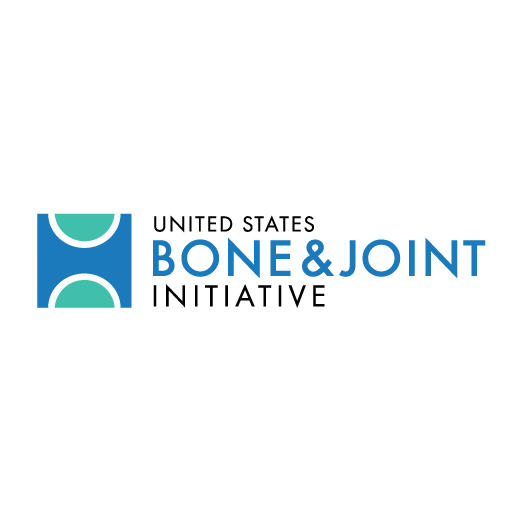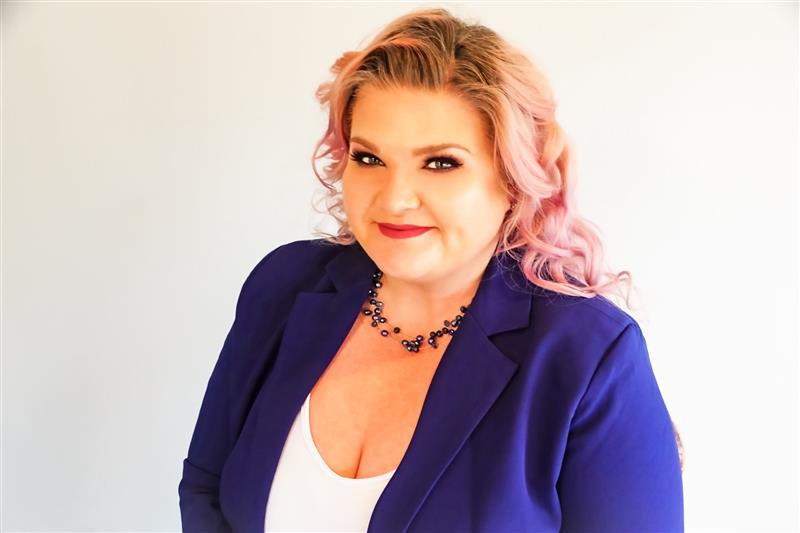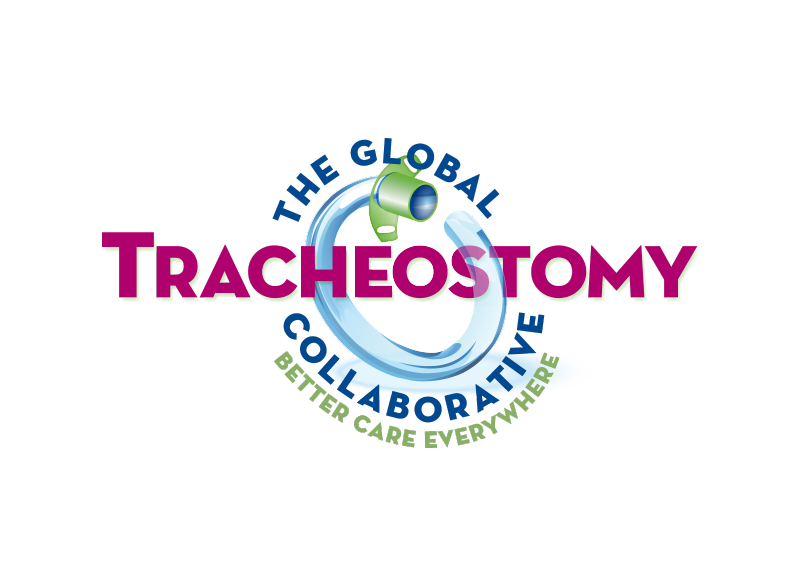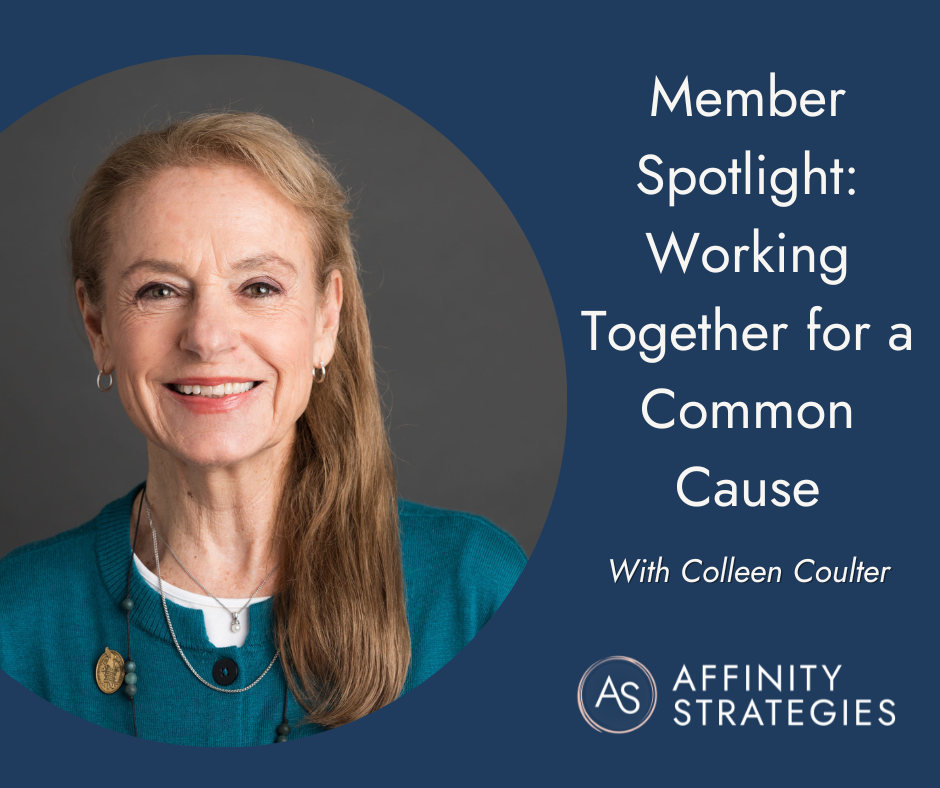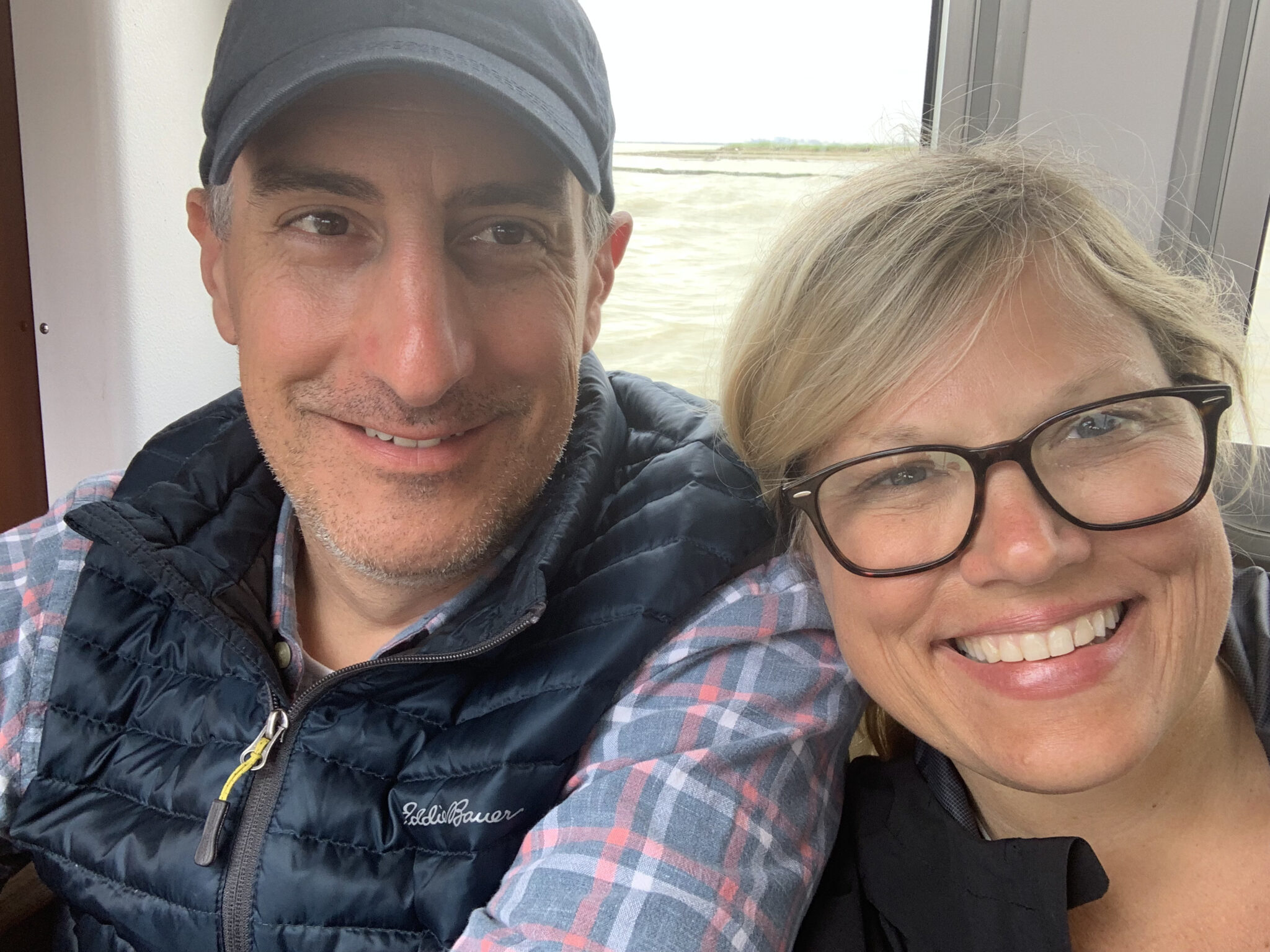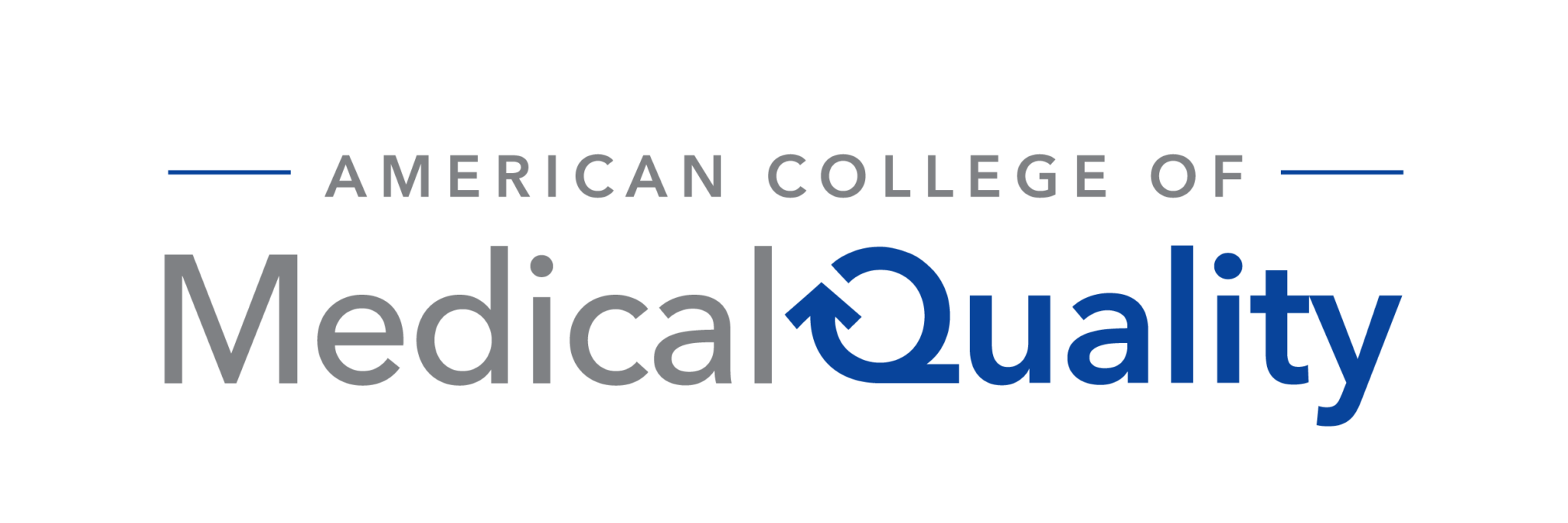

Pivot. If you’re like me, and you were sure to never miss an episode of Friends in the late 90’s, the word, “Pivot!” may conjure up the image of Ross and the gang attempting to move a large couch up a set of New York City apartment stairs. A daunting task. Fast forward to 2020 and the word “pivot” has taken on a whole new meaning to most of us. Unfortunately, in our current reality this word can be even more daunting. As the end of the first quarter of 2020 unfolded, the entire country had to stop in its tracks as the Covid-19 pandemic appeared. Suddenly, the word, “pivot,” was everywhere.
In my world as the VP of Financial Operations for Affinity Strategies, this word began to be thrown around our office almost hourly. Our clients are associations made up of medical professionals from many specialties. When these groups realized they had to pivot, our Membership, Meeting, and Strategy teams jumped into action.
As the person responsible for the financial management for each of these clients, I knew that pivoting in so many areas of their operations would mean that the budgets we had all worked so hard on for this year were going to fly out the window.
In the traditional course of events, a non-profit association’s board would work with myself and other members of the Affinity team in the fourth quarter of the year to get a budget approved for the following year. These budgets center mostly around the membership revenue that the group hopes to receive and the successful execution of at least one in-person meeting where registrants and sponsors alike gather to network, receive continuing education credits and catch up on industry happenings. These events could make up 40-60% of an association’s revenue in any one year.
The economic fallout from the interruption of normal business activities related to the COVID-19 pandemic was sudden and unprecedented. Not-for-profit organizations like medical associations are in a unique position as their revenue streams may be disrupted, while the need for their services is likely unchanged (or has increased due to effects of the pandemic). While this challenges a group’s ability to create a good financial plan, there are ways for organizations to consider uncertainty, along with allowing for flexibility, when drafting budgets and forecasts for 2021. Here are four things to consider:
- Protect your cash reserves – The adage that “cash is king” has never been truer. Organizations of all types should use all resources available to protect assets for rainy days that are likely to come sooner than later. A general rule of thumb is for organizations to keep cash on hand to cover operating expenses for at least six-months, but this is a luxury many not-for-profits cannot afford and even those that had reserves may have already tapped into them this year. When planning for 2021 consider any acceleration of donations possible to build back up your cash on hand. Likewise, take advantage of any opportunity to defer expenses that are not critical to day-to-day operations.
- Consider non-traditional revenue sources – Many not-for-profit organizations have certain streams of revenue that they traditionally rely upon that have now been interrupted. This means that to keep operations afloat, other sources must be mined. One potential untapped area could be in the form of government assistance. Several programs have been launched at the federal, state, and local levels to assist small businesses, and not-for-profit organizations often qualify. This assistance could take the form of a low-interest loan (helping boost those cash reserves) or in an outright grant. Non-governmental foundations can also be a source of potential help as some are working to distribute some of their own funds to others that help serve their missions. Also, do not assume that your donors are unable to help. The current economic slowdown has had many different effects and has not hit everyone equally. Evidence of this contrary nature is the rise of the stock market, which has boosted many portfolios. It could create the opportunity to have donor accelerate a giving schedule or even provide additional funding.
- Assure proper return on variable costs – These are the costs are that directly correspond to the services you provide and/or the revenue you bring in from those activities. This could include fundraising, membership drives, event planning, or educational services. Careful assessment of each of these activities should be undertaken. The association should account for the revenue that is generated along with the related cost to produce those revenues. Activities that provide positive cash flow and/or generate the most value to constituents should be prioritized.
- Explore the release of restricted net assets – Most organizations have net assets that have been set aside for one thing or another. In many cases, these are untouchable per the donor’s instruction for any other purpose than what was initially designated, but that is not always the case. It sometimes turns out that there really was not a restriction and that more flexibility around use of the assets exists than was initially thought. Other times, the opportunity exists for the organization to go back to the donor to have them consider releasing the asset from its restriction so that it can be used for general operations. Given the current circumstances, more donors than usual may be willing to allow organizations to use funds on other things.
It is likely that not any one of these suggestions will be enough to mitigate all your financial planning and budgeting concerns during these times. Rather than being magic bullets that solve all of your problems, these really are tools that you can have at your disposal to help you navigate through rough seas and are best used in tandem with each other. Flexible forecasting versus traditional budgeting may be the best way to plan for this upcoming year. A by-product of implementing these steps will be to strengthen your organization’s financial foundation to be great position for further success and growth when the economy rebounds.


